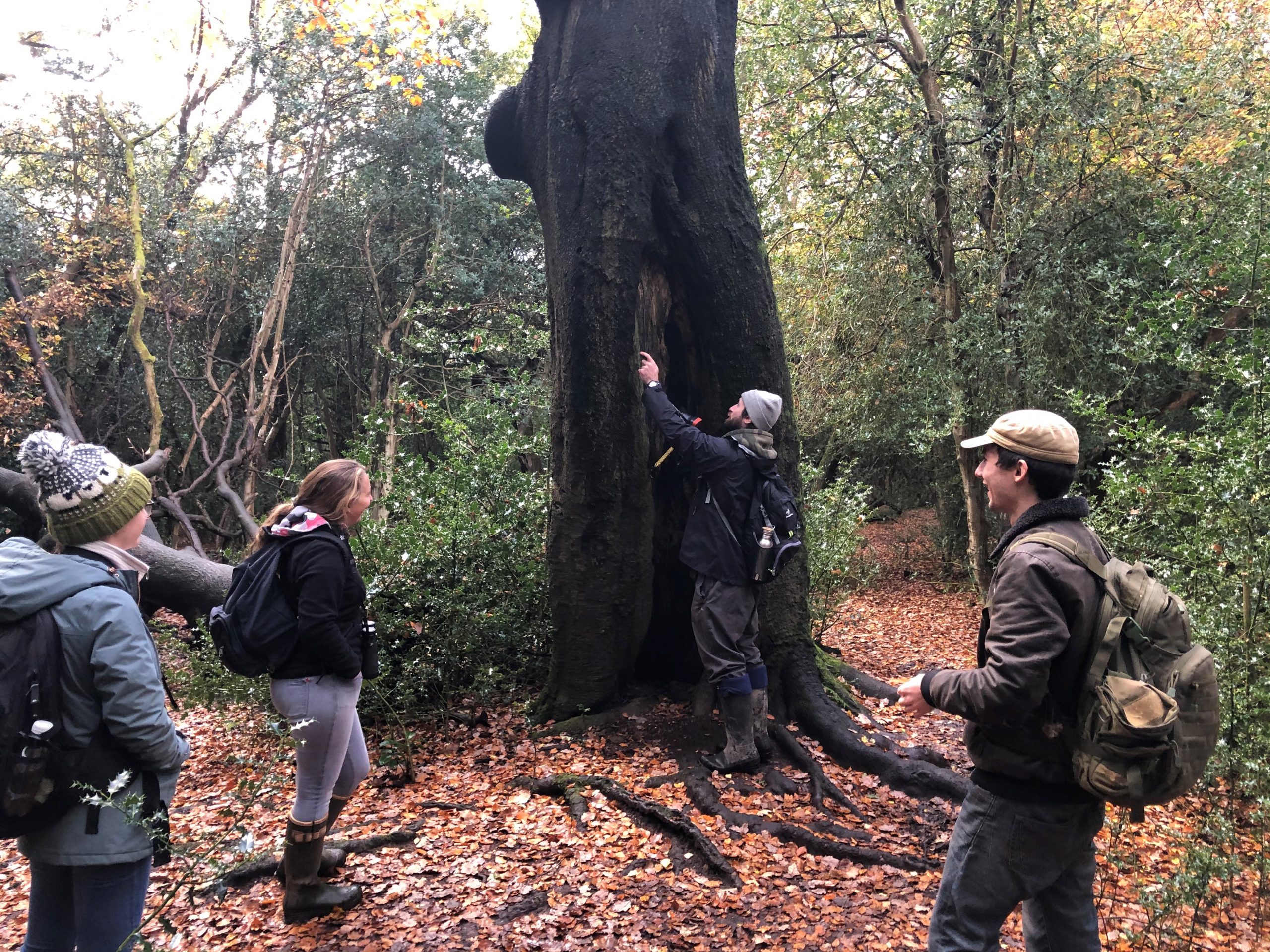Feasibility and due diligence
1 Mar 2023
1 Mar 2023
Due Diligence assessments are some of the most important services we offer at Tyler Grange.
Getting us in early to review a site either before or soon after purchasing can be crucial to spotting any risks or opportunities and factoring them into the design, planning and costs.
We offer both desks and field-based due diligence assessments, and both are important. Whilst a lot of information can be gained from behind a computer, there’s still no substitute for seeing a site, feet on the ground. We can get more detail on potential issues which determine the scope of future work and what they might cost.
Each of our three disciplines (Ecology, Arboriculture and Landscape Architecture) has its own key considerations to make sure we give a robust and holistic feasibility and due diligence assessment of your site.

Our Ecology team has years of experience of working with key stakeholders including Natural England and Local Authority Ecologists, which means we can be creative in finding solutions to planning application challenges.
We have a pragmatic view on how challenges to a programme can be overcome rather than sticking with a ‘computer says no’ approach that can be a common issue in our industry. We can also flag likely costs early on to ensure this is factored into the financial strategy.
Due diligence for ecology has gained even more importance in recent years due to the adoption of the Environment Act in 2021, set to formally mandate Biodiversity Net Gain. We’re well-versed in completing high-level initial biodiversity net gain assessments and offering advice on the design to ensure that you can achieve the best score possible.
We are also regularly in contact with our Local Authority counterparts to make sure we know what offsetting options are available if a net gain cannot be achieved on-site. Having a strategic view is key to the Tyler Grange ethos. As a result, we have been instrumental in new private biodiversity habitat banks being set up, such as those in Cheshire East, and there are more on the horizon.
Our Arboricultural team can help you avoid significant upfront costs through timely due diligence processes, and it doesn’t necessarily spell out a huge investment of money or time for you.
Yes, planning and design inputs may require a full tree-quality survey informed by a detailed and measured topographic survey. On the other hand, for preliminary survey work, pre-planning inputs or early due diligence; a site walkover could be all you need to avoid some really expensive banana skins.
Getting an understanding of the early constraints of a site is as easy as getting us in for a quick opinion on arboricultural quality and condition. Couple this with a desk study of applicable policy and designations, and our team can give you an early steer on likely development possibilities. We can quickly inform you about tree retention or removal and associated mitigation and how this will impact the site’s feasibility very early on.
Working closely with our in-house Ecology and Landscape Architecture teams, we combine mitigation opportunities and early constraints discussions regarding your sites wherever we can.
Doing this means we consider all options of arboricultural, ecological and landscaping disciplines as part of the comprehensive and honest feedback on constraints or opportunities for development.

They say a good Accountant will save you more money than they cost and the same is true of a good Landscape Architect. So many sites are refused planning for reasons that include landscape and visual issues. It’s very subjective and therefore can be a bit of an easy target.
Early identification of areas of landscape and visual risk will mean more accurate costing, more realistic landowner expectations, happier Local Planning Authorities, and a lower likelihood of an appeal. Even then if the worst comes to the worst, early engagement and a demonstration of landscape inputs will make your appeal case stronger and more likely to succeed.
Here’s an example of what we can do from our Landscape Director, Wendy Lancaster:
“I visited a site briefly with a client some years ago. A bit of desktop work and half an hour on site highlighted that development on around half of it would cause the town to appear in views from the nearby Area of Outstanding Natural Beauty, where there was currently no development visible.
I recommended that the client should not promote that part of the site for the current plan period, resulting in a reduced offer price of £50 million. Let that sink in a moment. A few hours of investment from the client saved £50 million pounds.
Imagine if he hadn’t made that investment in my time? The financial implications and the resulting pressure on the masterplan design and subsequent application would be staggering.”
The best bit of all of this? Your greatest savings will result from the smallest investment on your part. Landscape and Visual Impact Assessments do cost money, but by the time you get there, the design decisions have been made and the finances have been set.
Having three disciplines under one roof means that we can produce clear visual plans that show the opportunities and constraints for landscape, ecology and arboriculture in one place, aiding your design and planning evolution.
We understand that there is less finance available at the beginning of a project, particularly for an unallocated site, so we make sure our advice is targeted. Just a little bit of early investment can save a lot of time, money and stress down the line. Due diligence is cheap, especially when set against the potential headaches that can occur on a site that has been improperly assessed. If it’s factored into the planning strategy, appeals, abortive work and costs can all be avoided by ensuring the work of all disciplines dovetails perfectly.